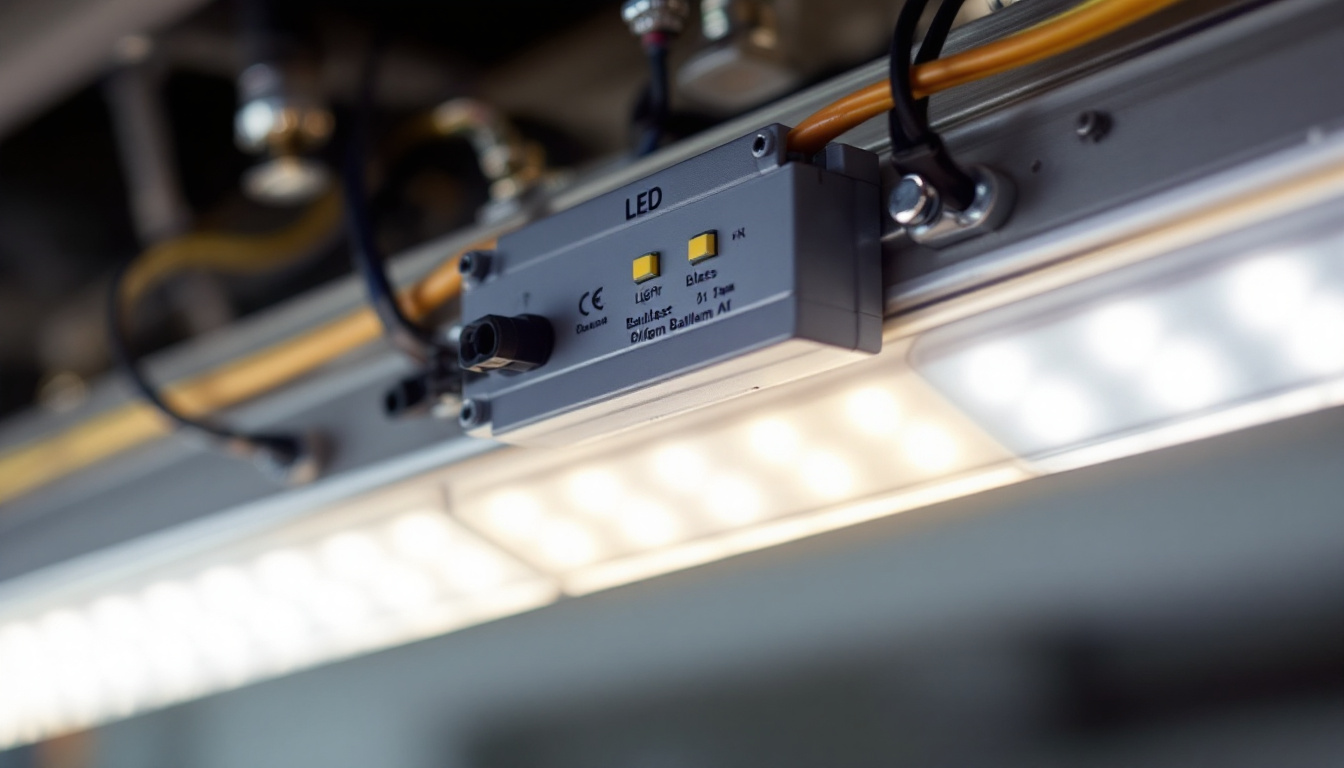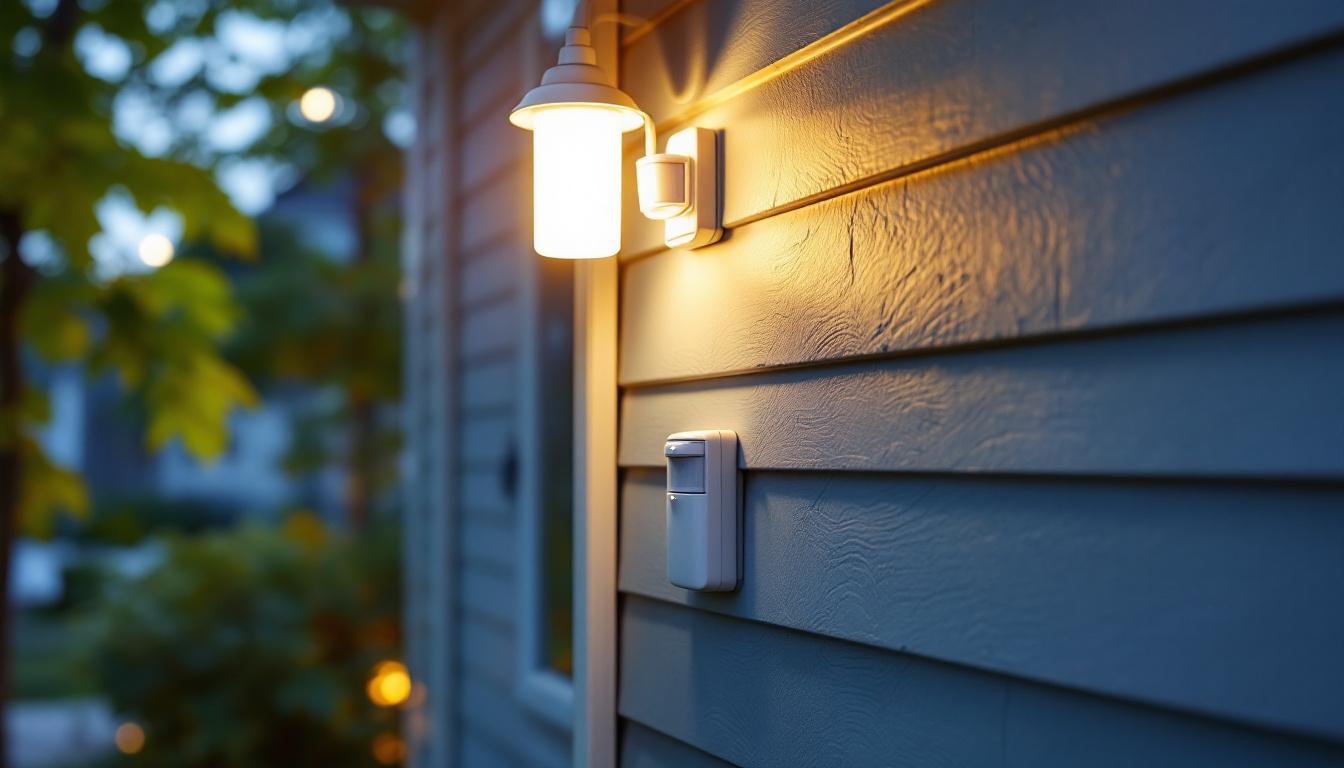
In the world of lighting installations, especially within commercial and industrial settings, the importance of a reliable and efficient lighting system cannot be overstated. Among the various components that contribute to the overall performance of these systems, the LED light ballast plays a pivotal role. Understanding the function and significance of LED ballasts can help lighting contractors optimize their installations and ensure long-lasting, high-quality lighting solutions.
At its core, an LED light ballast is an electrical device that regulates the current to the LED lamps. Unlike traditional fluorescent ballasts, which are designed for specific types of lamps, LED ballasts are more versatile and can accommodate a range of LED technologies. This adaptability makes them essential in modern lighting systems.
LED ballasts serve several functions, including starting the lamp, regulating the current during operation, and providing protection against voltage fluctuations. By ensuring that the LED lamps receive the correct amount of power, these ballasts help maintain the efficiency and longevity of the lighting system. This is particularly important in settings where lighting quality is critical, such as in art galleries, retail spaces, and office environments, where the right lighting can significantly impact mood and productivity.
There are primarily two types of LED ballasts: constant current and constant voltage. Understanding the differences between these types is crucial for lighting contractors when selecting the appropriate ballast for a specific application.
The operation of an LED ballast is relatively straightforward. When the lighting system is powered on, the ballast first allows a brief surge of current to start the LED lamps. Once the lamps are lit, the ballast regulates the current to ensure optimal performance.
In addition to starting and regulating the current, many modern LED ballasts are equipped with smart technology. This technology can adjust the output based on environmental conditions, further enhancing energy efficiency and extending the lifespan of the lighting system. For instance, some advanced ballasts can communicate with sensors that detect occupancy or daylight levels, automatically dimming or brightening the lights as needed. This not only contributes to energy savings but also offers a tailored lighting experience that can adapt to the needs of the space and its occupants.
Furthermore, the integration of LED ballasts with smart building systems is becoming increasingly common. These systems allow for centralized control of lighting across multiple areas, enabling users to program schedules, set scenes, and monitor energy consumption in real-time. This level of control not only enhances user convenience but also supports sustainability initiatives by reducing unnecessary energy usage and promoting more efficient lighting practices.
LED ballasts are not just accessories; they are critical components that directly influence the performance and efficiency of lighting installations. Their importance can be broken down into several key areas.
One of the primary benefits of using LED ballasts is their contribution to energy efficiency. By ensuring that LED lamps operate at their optimal current levels, these ballasts minimize energy waste. This is particularly important in commercial settings where lighting can account for a significant portion of energy consumption.
Moreover, many LED ballasts are designed to work with dimming systems, allowing for further energy savings. By adjusting the light output based on the needs of the space, contractors can help clients reduce their energy bills while still providing adequate illumination.
Another critical aspect of LED ballasts is their role in extending the lifespan of lighting systems. By regulating the current and protecting against voltage spikes, these ballasts help prevent premature failure of LED lamps. This not only reduces the frequency of replacements but also lowers maintenance costs for clients.
In many cases, a high-quality LED ballast can significantly enhance the overall reliability of a lighting installation. This is particularly valuable in environments where consistent lighting is essential, such as in hospitals or manufacturing facilities.
The quality of light produced by an LED system is heavily influenced by the ballast used. A well-matched LED ballast can enhance color rendering and reduce flicker, resulting in a more pleasant and productive environment.
For lighting contractors, understanding the relationship between ballasts and light quality is crucial. By selecting the right ballast, contractors can ensure that the lighting meets the specific needs of the space, whether it be for aesthetic purposes or functional requirements.
Selecting the appropriate LED ballast for a lighting installation involves several considerations. Each project may have unique requirements that dictate the best choice of ballast.
One of the first factors to consider is compatibility. Not all LED fixtures are designed to work with every type of ballast. It is essential for contractors to verify that the ballast they choose is compatible with the specific LED lamps being used in the installation.
Additionally, understanding the wattage and voltage requirements of the fixtures will help ensure that the selected ballast provides the correct output for optimal performance.
The environment in which the lighting system will be installed can also influence the choice of ballast. For example, in outdoor applications or areas with high humidity, contractors may need to select ballasts that are specifically designed to withstand harsh conditions.
Furthermore, the presence of dimming controls or smart technology may require specific types of ballasts that can interface with these systems effectively.
Lighting contractors must also be aware of any regulatory standards that may apply to their projects. Many regions have specific energy efficiency requirements that dictate the types of ballasts that can be used in commercial installations.
By staying informed about these regulations, contractors can ensure compliance and help clients avoid potential fines or penalties associated with non-compliance.
Proper installation of LED ballasts is crucial to the overall performance of the lighting system. Following best practices can help ensure that the installation is successful and that the system operates as intended.
Before installation, it is essential to thoroughly understand the wiring requirements of the chosen ballast. Each ballast may have different wiring configurations, and following the manufacturer’s guidelines is critical to avoid issues during operation.
Contractors should also take care to ensure that all connections are secure and that the wiring is properly insulated to prevent short circuits or other electrical hazards.
After installation, testing the lighting system is a vital step. This includes verifying that the LED lamps are functioning correctly and that the ballast is providing the appropriate current and voltage.
Conducting a thorough test can help identify any issues early on, allowing for adjustments or replacements before the system is put into full operation.
Finally, maintaining accurate documentation of the installation process, including the specifications of the ballasts used, is essential for future reference. This documentation can be invaluable for troubleshooting and maintenance down the line.
Regular maintenance checks can also help ensure that the ballasts continue to operate effectively, prolonging the life of the entire lighting system.
The lighting industry is continually evolving, and advancements in LED ballast technology are no exception. Staying informed about emerging trends can help contractors remain competitive and provide the best solutions for their clients.
One of the most significant trends in LED ballast technology is the development of smart ballast systems. These systems can communicate with other smart devices, allowing for more sophisticated control over lighting environments.
Smart ballasts can adjust their output based on occupancy, daylight levels, or specific user preferences, providing enhanced energy efficiency and user comfort. As smart technology becomes more prevalent, contractors will need to familiarize themselves with these systems to offer cutting-edge solutions.
As the Internet of Things (IoT) continues to grow, the integration of LED ballasts with IoT technology is becoming increasingly common. This integration allows for real-time monitoring and data collection, enabling contractors to optimize lighting systems based on actual usage patterns.
By leveraging IoT technology, contractors can provide clients with valuable insights into their energy consumption and lighting performance, leading to more informed decisions regarding future upgrades or adjustments.
As energy efficiency becomes a more pressing concern globally, regulatory standards are expected to become even more stringent. This will likely drive innovation in LED ballast technology as manufacturers strive to meet these new requirements.
Contractors should stay informed about upcoming regulations to ensure that their installations comply with the latest standards, ultimately benefiting both their clients and the environment.
LED light ballasts are a critical component in modern lighting installations, influencing energy efficiency, longevity, and light quality. Understanding the various types of ballasts, their functions, and the best practices for installation can empower lighting contractors to deliver superior solutions to their clients.
As technology continues to evolve, staying informed about trends and advancements in LED ballast technology will be essential for contractors looking to remain competitive in the industry. By prioritizing quality and efficiency, contractors can ensure that their lighting installations not only meet but exceed client expectations.
Ready to enhance your lighting installations with the highest quality LED ballasts? Look no further than LumenWholesale, where we provide contractors with spec-grade lighting products at unbeatable wholesale prices. Say goodbye to local distributor markups and hello to our extensive selection that meets the highest industry standards. With LumenWholesale, you’ll find the perfect balance of quality, affordability, and convenience, plus the benefit of free shipping on bulk orders. Elevate your lighting projects today by visiting Wholesale Lighting at the Best Value and experience the LumenWholesale difference.

Discover essential compliance guidelines and insights for lighting contractors in our comprehensive guide on exterior motion sensor light switches.

Discover how under cabinet tape lights can revolutionize your lighting projects by saving time and reducing costs.

Discover the essential checklist for lighting contractors to master updated track lighting installations.

Discover the essential factors lighting contractors must consider when selecting poles for outdoor lighting.